Font style
1. Fonts
A font is a complete set of characters—letters, numbers, and symbols—that share a common weight, width, and style.
The software will automatically synchronize the missing fonts using the available fonts. When you open a project that uses an uninstalled font, the software replaces the unreachable font with the default font.
When choosing a font, you can independently choose a font family and its font style. A font family (or typeface) is a collection of fonts that share an overall design; for example, Times. A font style is a variant of a single font in a font family; for example, regular, bold, italic, or subscript. The range of available font styles varies with each font.
The font size determines how large the text appears in the layer.
2. Choose a font
● Select the text layer, click the FontStyle, and select the Font.

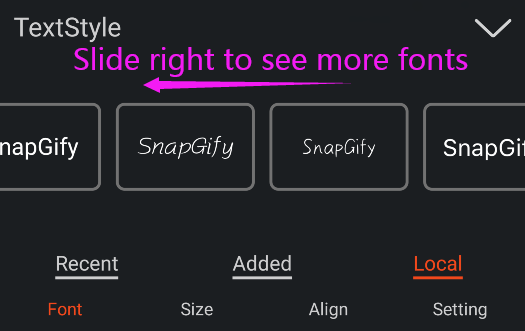
Note : All local font styles are retrieved to the font styles that come with your phone system.
Recent fonts are mainly a history of your most recently used fonts.
In addition to the fonts installed in the standard location of your operating system, the software uses font files in the following local folder: File Management / storage / emulated / 0 / Fonts
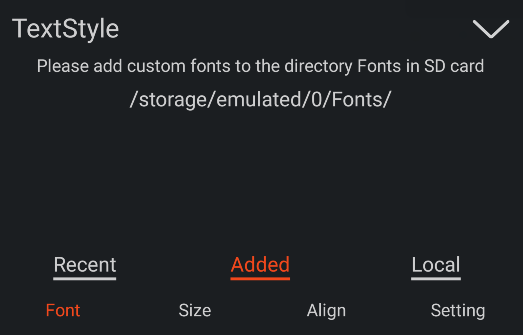
Choose a font family
● Select the text layer, click FontStyle, then click the Setting button, and click the bold, italic, or subscripted icon.
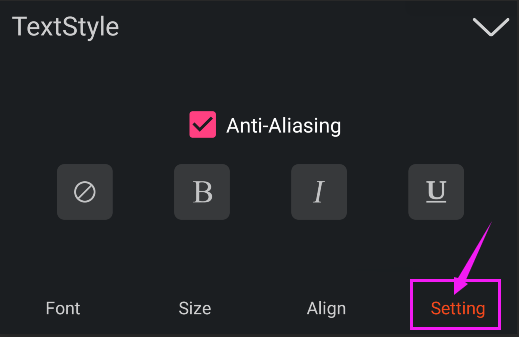
 This icon indicates that the font family is regular.
This icon indicates that the font family is regular.
 This icon indicates that the font family is bold.
This icon indicates that the font family is bold.
 This icon indicates that the font family is italic.
This icon indicates that the font family is italic.
 This icon indicates that the font family is a subscript.
This icon indicates that the font family is a subscript.
Note : The system's anti-aliasing is turned off by default. When the added text is not round, you can turn on the Anti-Aliasing button.
Choose a font size
The default text size is 80.0.
● Select the text layer, click FontStyle, then click the Size button, slide the control bar to change the value..
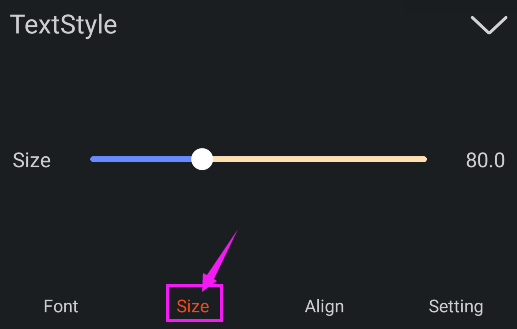
3. Spacing between characters and lines: tracking, and leading
Leading is the spacing between lines of text. Tracking is the process of creating an equal amount of spacing across a range of letters. Tracking values move characters apart (increasing the spacing from the default); negative values move characters closer together (reducing the spacing from the default).
● To modify the ctracking or leading:
① Select the text layer and click the Property button.
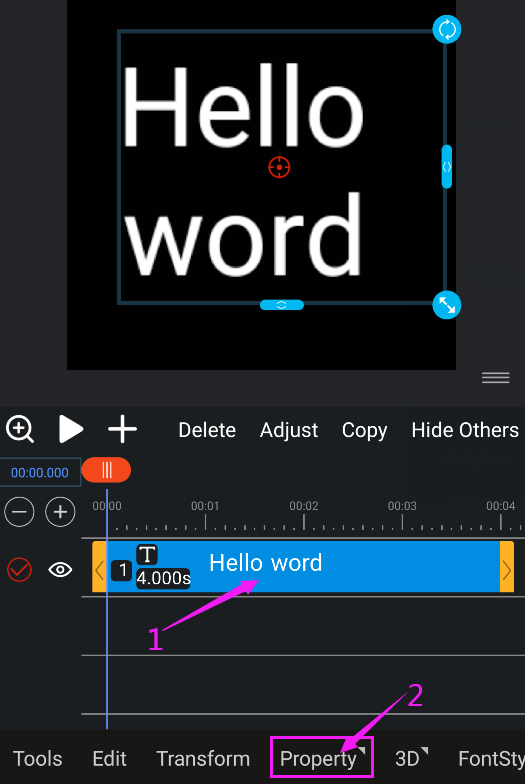
② Select the text range, slide the menu right and click the Space button.
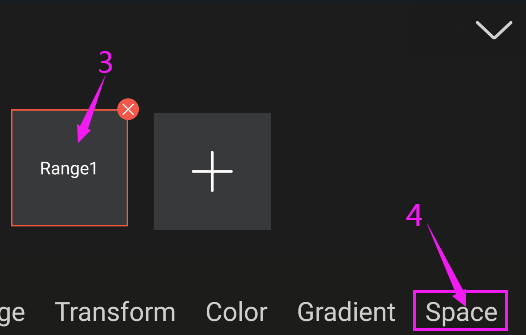
③ Click the pencil button next to the Track or Space property name.

④ Modify the attribute value.
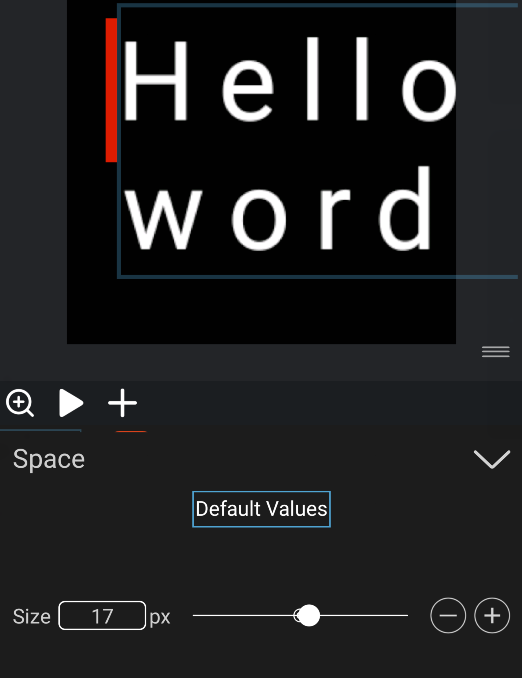
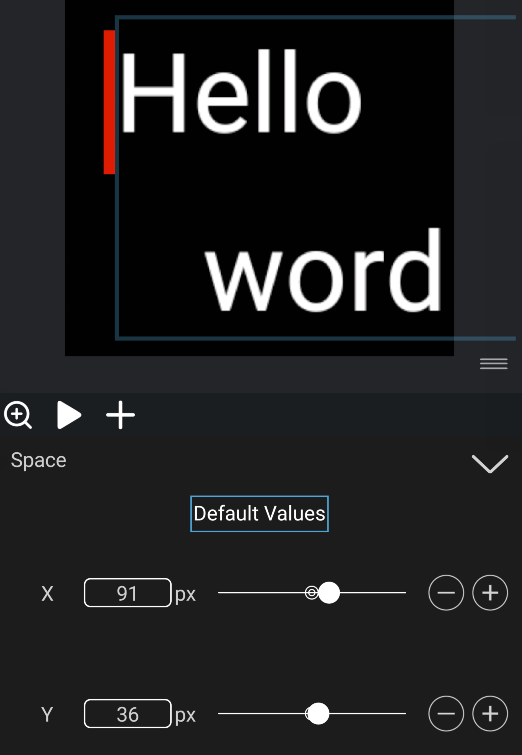
Comparison of character tracking:

Tracking set to default value of 0 (left), Tracking set to -50 (center), and Tracking set to 200 (right)
Of course, you can also create animation by modifying the value of the spacing property.(See How to animate text leading and How to animate text tracking.)

Leading animate
